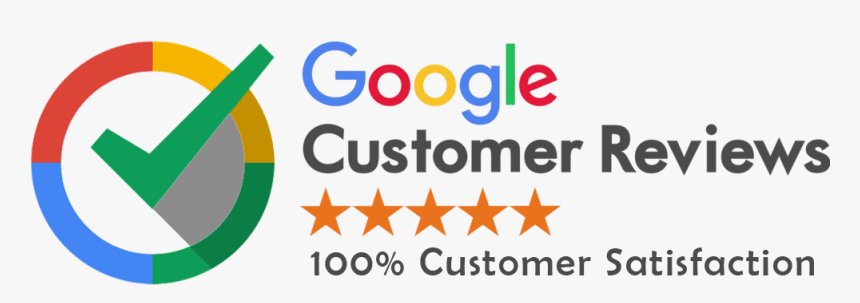Even if you know a bit about making websites look good and easy to use, designing one for Real Estate Website Design can be tricky and has a lot of things to watch out for. But, how your real estate website looks and works can really affect how much money you make from people interested in buying or selling property, so it’s super important to do it right!
We’ve been making websites for real estate customers for a while now, and we want to help you avoid some common mistakes and make a website that works great and looks nice for your growing business.
Keep reading to find out what makes a good real estate website design, learn about some mistakes to avoid, and how to make sure you don’t make them.”

How to Create a User-Friendly Real Estate Website Design?
When making a website, it’s important to think about the people who will use it. But how do you make everyone happy?
Put users first. Designing a UI/UX design for website for real estate involves working closely with potential clients to get their feedback at every step. This helps ensure that each website meets the needs of its users.
Use the right methods. There are many ways to design a website with customers in mind. Designers often use research, surveys, interviews, and brainstorming to gather ideas.
Get real feedback. One common mistake is assuming that what’s good for the business is also good for website visitors. But the people using your site might have different thoughts. To avoid guessing, it’s important to gather real feedback and understand what your users think.
Best Practices for Custom Real Estate Website Design
Maximize Your Content’s Impact
When it comes to showcasing products, especially in real estate, a picture can convey more than words ever could. That’s why for your real estate website, selecting and prominently displaying your best photos is crucial.
But it’s not just about throwing images anywhere. Strategic placement is key. Opt for subtle animations and a clean, minimalist design to make your visuals truly stand out and captivate your audience.
Use More Photos
In crafting your real estate website, prioritize images and videos above all else. Investing time and effort into these elements is paramount. High-quality, compelling visuals are essential in today’s market, especially when in-person visits may not be feasible.
Strike a balance by showcasing an abundance of photos, but avoid overwhelming your audience. Each image used by real estate web design companies in Dubai effectively sell the property and entice potential buyers or renters.
Keep Scrolling Smooth
Incorporate user-friendly carousels into your webpage alongside your multitude of photos. Guide your visitors’ attention with visual aids like arrows and highlights, ensuring they don’t miss the most important content areas. Take it a step further by exploring innovative tools beyond the conventional ones.
Navigate with Ease
Once your visitors are captivated by your well-presented photos, it’s essential to provide them with an interactive map to pinpoint exact locations. While this feature may require investment, its inclusion is crucial for optimal real estate website design. Imagine a map like this integrated into your website. This functionality seamlessly translates to a real estate page, enhancing user experience and engagement.
Highlight Key Information
Ensure your website offers a seamless experience that guides users toward their desired outcome. Recognize that many potential real estate buyers may be new to the process and have various concerns and uncertainties.
Craft a user interface that informs and assists your visitors. Softly direct their attention to important details, actions, and information. To achieve this, understanding user behavior is crucial.
Establish Authority
Position yourself as a trusted expert by sharing valuable insights on your webpage. Utilize various tools, such as corporate blogs or FAQ sections, to showcase your expertise. Choose methods that align with your resources and business objectives.
In our experience, integrating a chatbot can efficiently address purchase-related inquiries. You can introduce payment methods and mortgage options, providing users with quick and helpful responses.
Simplify Filtering for Users
Effective real estate website design streamlines the user experience. This eliminates the need for visitors to guess what to input for the system to understand them. Introducing too many filters can overwhelm users. It requires them to categorize their requests based on predefined criteria and potentially adding unnecessary time to their search process.
A smarter approach involves breaking down the search process into manageable stages. Users can start by refining their search based on price. You should then move on to selecting the number of rooms, and finally, choose the desired district. This sequential flow prevents users from feeling rushed or pressured to select all options at once.
Make Things Easy for Everyone
When designing a real estate website, make sure it’s useful for both sellers and buyers. Sellers will like a simple tool for listing their properties, while buyers need advanced search options.
Keep Navigation Simple
People like doing things without thinking too much, just like brushing teeth or driving a car. Websites should feel easy to use, with things like a toolbar, a contact form, and info about the company where you expect them.
Stick to What Works
Changing how things usually work on a website can confuse people and make them frustrated. To avoid this, think about different ways people might use your site. Tools like Customer Journey Mapping and interviews can help. Testing with real users at every step makes sure the site feels natural.
Make Searching Easy
To make things simple for users, hide extra search options until they need them. Web developers focus on what most people are looking for but give them a way to customize their search too.
Focus on the Important Stuff
When looking for real estate, people usually care most about price, location, and budget. They should be able to see a map to check out the area around the property. Even if it seems like a big job, investing in a map pays off in the end.




